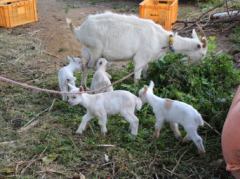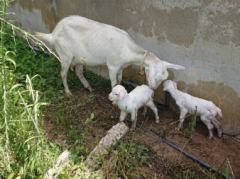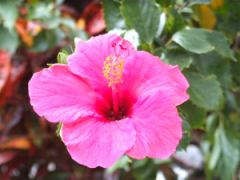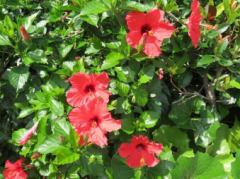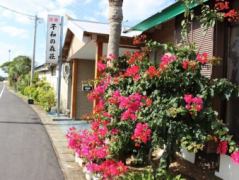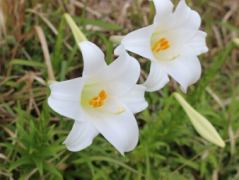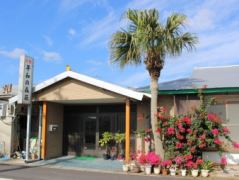- Top
- Introducing the accommodation
Introducing the accommodation
Greetings from Heiwa no Morisou
- Successor in 2015 (2015)
- Guest House Heiwanomorisou was founded by Toyonari Tokuda on July 13, 1981 (1981).
As the founder, Toyonari Tokuda (who passed away in 2019), grew older, his eldest son, Yukio Tokuda, took over the business in 2015.
We will continue to carry on the founding spirit of our parents and strive to provide our own unique service, so we hope you will continue to patronize us as your accommodation of choice for your stay on Tokuno Island.
- The ideal hotel
- This is a homely guesthouse with a retro Showa-era atmosphere.
Although we are a small family-run inn, we aim to be a place where you can stay with the feeling of returning to your hometown in the countryside.
Escape from the hustle and bustle of the city and enjoy the relaxing time on Tokuno Island.
- Homely Accommodation
- The owner, who loves brown sugar shochu, will join you at dinner with a glass of shochu, and his grandchildren who live nearby may come to visit and cause a commotion.
We hope you will understand that Guest House Heiwanomorisou is a homely inn.
- About the facility -
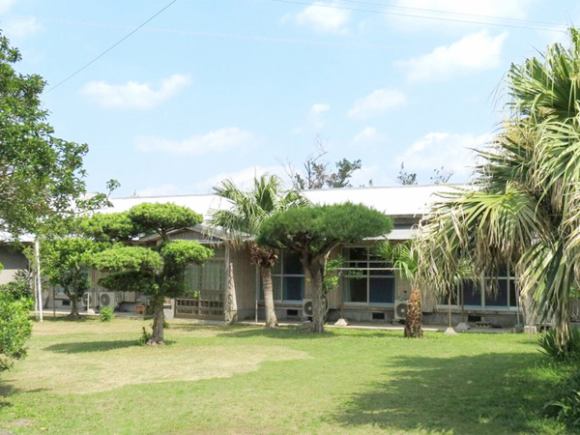 The building is a single-story wooden structure with a tin roof.
The building is a single-story wooden structure with a tin roof.
All of the products were handcrafted during the Showa era by our carpenter-minded founder, together with a carpenter he knew.
As a result of repeated additions and joining, the structure is no longer barrier-free.
When we inherited it we renovated some parts, but most of it is still in its original condition.
The roof is not soundproof, so when it rains you can hear the rain hitting the tin roof.
The total area of the site is approximately 1 hectare, and there is a large banyan tree on the premises that is treasured as a place to cool off, especially in the summer.
Tropical plants such as hibiscus, palm trees, papayas, and bananas are planted here and you are free to view them.
We also raise goats, so we hope you will come and interact with them.
We are currently carefully considering how to best utilize the entire site.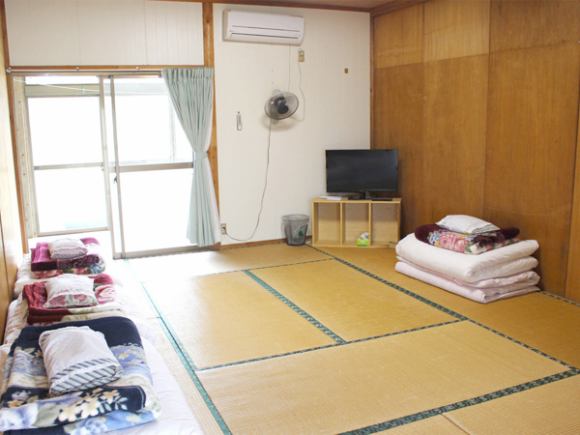 All rooms are equipped with air conditioning, TV (cable TV), and wireless LAN.
All rooms are equipped with air conditioning, TV (cable TV), and wireless LAN.
We asked guests to share the baths and toilets, but due to the impact of Novel Corona 19 pandemic in 2020, we stopped accepting regular guests for about a year.
During this time, we raised funds to install vanities and unit showers in all guest rooms to prevent close contact between guests.
The toilets remain the same as before and are shared.
There are three washing machines available for free use.
(Please bring your own detergent.)
We are currently considering installing a coin laundry facility.
- Cuisine and local products -
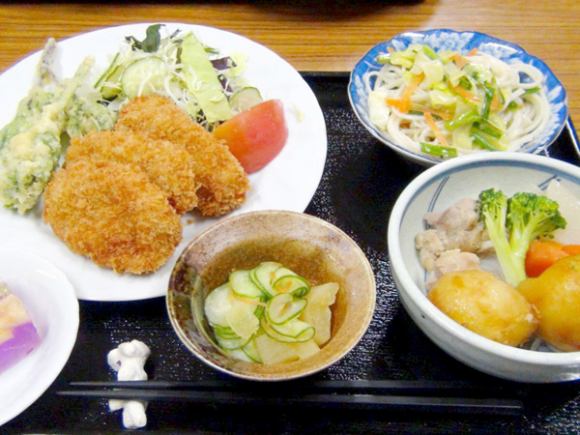 Although this is a retro inn built in the Showa era, we believe that the best service is the hospitality we can provide you with through the service manager's carefully prepared home-cooked meals.
Although this is a retro inn built in the Showa era, we believe that the best service is the hospitality we can provide you with through the service manager's carefully prepared home-cooked meals.
Ingredients include locally grown vegetables and wild plants (choumeisou, tsuwabuki, mugwort, handama, etc.),
Our intention is for you to enjoy island cuisine that makes use of as much seafood as possible.
We will not only use fish that can be found anywhere in the country for sashimi, but also octopus caught locally, which may vary in size. We will also work hard on fishing so that you can enjoy it.
We also plan to increase our seasonal vegetable growing in the garden.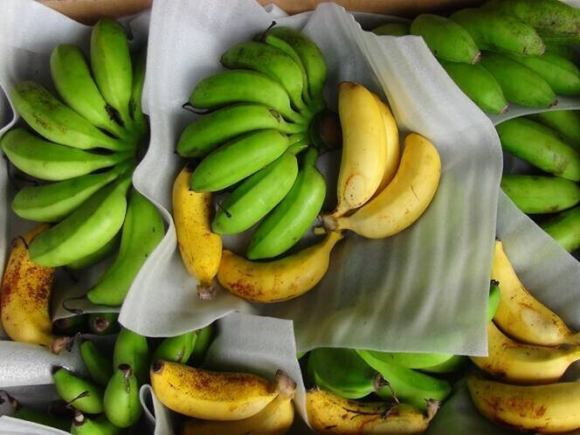 This is an online shop that was established with the desire to allow as many people as possible to enjoy the delicious agricultural products from Tokuno Island.
This is an online shop that was established with the desire to allow as many people as possible to enjoy the delicious agricultural products from Tokuno Island.
Agriculture is the main industry in Tokuno Island, and there are many recommended agricultural products with great aromas and flavors.
We also welcome the ordering and regular purchase of local specialty vegetables and fruits such as red soil new potatoes, mangoes, passion fruit, dragon fruit, and island bananas.
Please try some of Tokuno Island's specialties.
- Access and surrounding area -
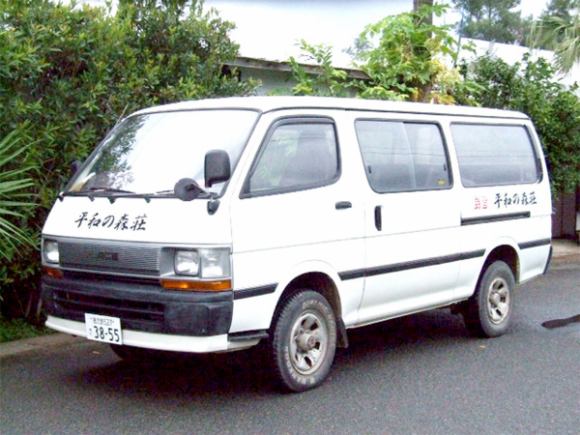 It is located very close to Tokuno Island Kotobuki Airport, and the northern end of the runway is on the reef about 400m west across the Ino (inland sea), where aircraft take off and land every day.
It is located very close to Tokuno Island Kotobuki Airport, and the northern end of the runway is on the reef about 400m west across the Ino (inland sea), where aircraft take off and land every day.
Over 90% of our guests arrive by air.
It is about 5 minutes by car from Tokuno Island Kotobuki Airport.
A-Line and Marix Line operate regular passenger ships on the Kagoshima-Naha route every day.
The outbound flights from Kametoku Shinko arrive at 9:10 and depart at 9:40.
The northbound flight arrives at 16:20 and departs at 17:00.
The bus ride from Kametoku Shinko to Tokuno Island Kotobuki Airport takes approximately 54 minutes.
The Ferry Amami, operated by Amami Kaiun, an affiliate of A-Line, connects Kagoshima, Kikai, Naze, Koniya, and Hirado.
Arrival at Hetono Port is at 12:20 and departure is at 12:50.
Arrivals and departures are three times a week on Tuesdays, Thursdays and Saturdays.
The ferry connects Kagoshima, Kikai, Naze, Koniya, Hirado and Chimei.
Please note that the ferry arrives at Hetono Port at 12:20 and departs at 12:40, but the northbound ferry does not arrive at Hetono Port.
Arrivals and departures are twice a week on Wednesdays and Fridays.It takes about 10 minutes by car to get to Hetono Port.
<Parking lot>
There is ample parking space on-site, so reservations are not required.
<Shuttle vehicle>
We own a 10-seater Hiace vehicle, so if you contact us in advance we can pick you up at Tokuno Island Kotobuki Airport or Hetono Port, and we can also arrange for a drop-off.
For passengers arriving or departing from Kametoku Shinko, please take a local bus to Tokuno Island Kotobuki Airport, where we will provide transportation to the airport bus stop.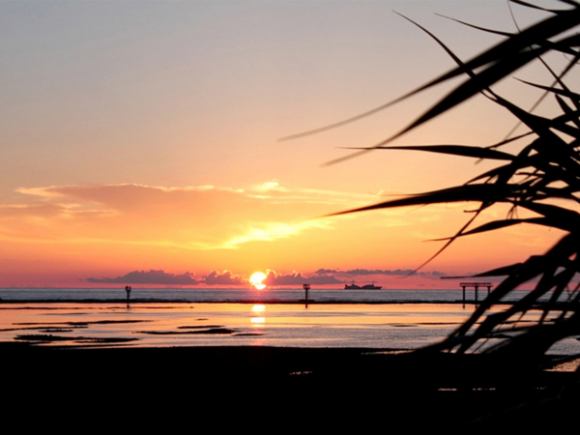 It is about 4m above sea level and its western boundary is a breakwater. A vast inland sea stretches out between the reef and the runway of Tokuno Island Kotobuki Airport.
It is about 4m above sea level and its western boundary is a breakwater. A vast inland sea stretches out between the reef and the runway of Tokuno Island Kotobuki Airport.
JAL flights connecting Naha Airport via Kagoshima Airport, Amami Airport, and Okinoerabu Airport can be seen taking off and landing at Tokuno Island Kotobuki Sorako, right in front of you.
Ino shows different faces depending on the tides, and even at high tide it is shallow so is not suitable for swimming. However, when the tide goes out a wide white sandy beach is revealed, making it easy to stroll around.
On nights when the weather and tide are good, you can see the lights of Izari fishing (fishing light fishing).
Fishing includes the catch of sawtooth crabs and Ishtanaga (sweet shrimp),
The offshore side of the reef is a fishing ground for octopus, spiny lobster, parrotfish, and other fish.
From mid-February to early May, the rocks of Ino turn green with natural sea lettuce (Ulva gracilis), and many people come out to pick the lettuce.
On clear evenings, you can enjoy a moment of tranquility as you watch the sun sink into the vast East China Sea.
From one corner of the guesthouse grounds, you can see Tokuno Island's iconic landscape, Mt. Nesugatayama, through the trees.
The origin of the name "Heiwa no Morisou"
 What is "Forest of Peace"?The name "Peace Forest" comes from the nearby Casuarina forest.
What is "Forest of Peace"?The name "Peace Forest" comes from the nearby Casuarina forest.
The former Army Asama Airfield, a relay base for the Army Special Attack Forces at the end of World War II, is about 1 km south of the guesthouse.
Many young men from Chiran and Mansei in Kagoshima set out south as special attack units and died in the skies over Okinawa.
Shortly after the war, a Casuarina forest was planted on the vast sandy beach at the northernmost end of the former airfield site.
In June 1975, the "Special Attack Peace Memorial" was erected to console the souls of the young men who died in the war as kamikazes.
The monument faces south, with a Casuarina forest at the northern end of the old runway as its backdrop.
With the construction of this memorial, the Casuarina forest came to be known as the "Forest of Peace."
However, in 2019, the Asama community, which owns the Casuarina forest, cut down all of the trees, leaving the area now a spacious open space.
| 『The decision to start a business" | In 1981, the company's founder, Toyonari Tokuda, felt he had reached a dead end in farming and decided to open a small guesthouse. |
|---|---|
| 『Start of business" | At that time, he visited Miyataso, which was already operating as a private lodging in Matsubara, Amagi Town, and Tokiwaya in Shimokushi, Tokuno Island Town. The founder, who had a passion for carpentry, immediately drew up the plans himself and began preparations for the foundation work. In the meantime, I called on some carpenters I knew, and we brought in wood and other materials and began processing them. As the work progressed, the area gradually expanded due to the installation of toilets and the provision of a kitchen and dining room, but funds were raised by disposing of farmland, etc. It took about three months for the environment to be ready to welcome customers. |
| 『The unveiling ceremony for the completed building" | In Tokuno Island, when a new house is built, it is customary to invite relatives, community members, acquaintances and friends to celebrate the opening, so we immediately showed everyone around the house and held a housewarming party. We received congratulatory remarks at the event, but as an official name for the shop had not yet been decided, we decided to go ahead with the name "Tokuda-so" for the time being. As the party progressed, various opinions were expressed by the attendees. The founder stated, "In order to make this a facility that many people can use, we would like to take your opinions into consideration."There is a saying, We quickly prepared pieces of paper and distributed them to all attendees, on which they were asked to write down any ideas for shop names that they could think of, and then collected them. |
| 『Deciding on the store name" | The next day, we sorted through everyone's suggestions and decided on "Heiwa no Morisou," which had received the most requests. After a family discussion about whether to use the title "ryokan" (inn) or "minshuku" (guest house), the founder's strong wishes were reflected in the decision to use "minshuku," and the name of the facility with a hotel business license became "Guest House Heiwanomorisou." (Business License:July 13, 1981) |
Flora and fauna on the premises
【animal】
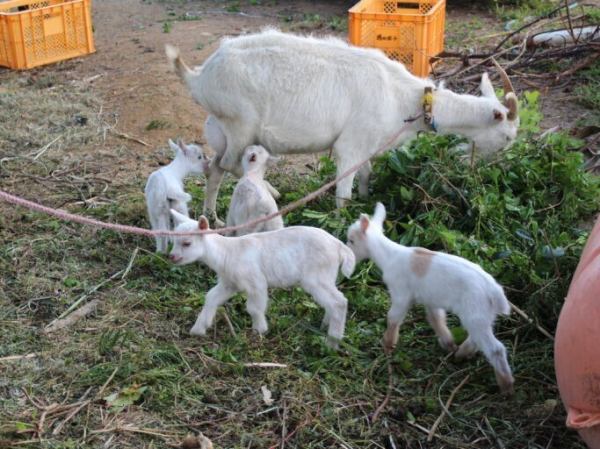
goat
| goat | Goats are kept in a corner of the guesthouse grounds. Breeding was suspended for a period of time, but has now resumed. They are a bit shy, but please take a look if you are staying overnight. |
|---|---|
| Chicken | We have started raising Araucana chickens, a breed native to Chile in South America. It lays blue eggs. The cows are fed compound feed, corn, and leftovers purchased from JA. We are currently increasing the number of options so that our guests can enjoy them. |
【plant】
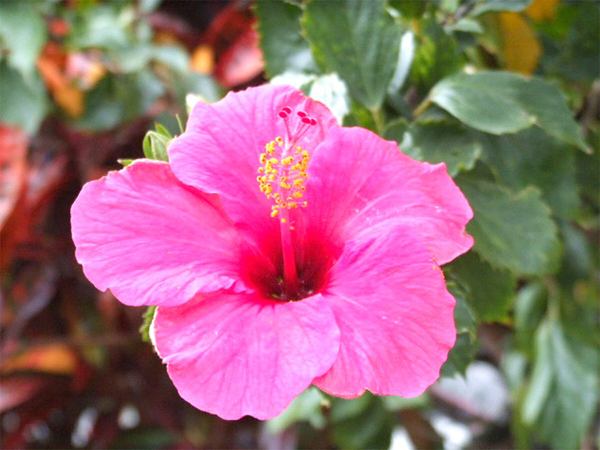
hibiscus
| hibiscus | Hibiscus is a plant of the Aoi family. Native to the Indian and Pacific Ocean islands, it is the state flower of Hawaii and is believed to have spread after being brought to Hawaii. The scientific name is "hibiscus", but it is commonly called "hibiscus" and is also known as "Buddha's mulberry flower". The national flower of Malaysia and Sudan.The striking flower has a vivid red color that is typical of tropical flowers, but there are also yellow, pink, and orange flowers. In Okinawa, the petals are drunk as hibiscus tea. It is the birth flower for July 11th and September 22nd, and its flower language is "bravery" and "splendor." It can be easily propagated by cuttings, is resistant to summer dryness, and is not picky about soil, so I feel there is a need to give more consideration to its use as a street tree. In the warm climate of Tokuno Island, this flower blooms all year round, making it a rare sight for the eyes. Several types of hibiscus flowers can be seen on the guesthouse grounds throughout the year. Currently, the hibiscus planted at the entrance to the guesthouse and in a flower pot welcome guests with their vibrant colors. |
|---|---|
| Bougainvillea | Bougainvillea is a plant of the Powderflower family and is often called "bougainvillea." The flower was named after the French scientist and explorer Louis Antoine Bougainville, who first discovered it. It is also known as raft kudzu and is native to South Africa. This is a typical tropical flowering tree that blooms throughout the year on Tokuno Island. The colored petals that appear to be petals are actually leaves (bracts) that surround the flower, and there are usually three or six of them. It is the birth flower for July 20th, and its flower language is "You are full of charm." It can be easily propagated by cuttings, and we are currently testing growing it in a pot, but with heavy pruning it will flower. In the future, I plan to try adjusting the period between pruning and flowering. |
| Croton | Croton is an evergreen shrub that is widely distributed in tropical regions from the Malay Archipelago to Australia and the Pacific Islands. In its natural habitat it is used as a hedge, and because it is easy to grow it has long been popular as an ornamental plant. It was introduced to Japan at the end of the Edo period, and began to be cultivated in earnest at the end of the Meiji period. The height of the plant varies from 10 to 150 cm depending on the variety, and it has leaves of a variety of colors, including white, red, purple, and yellow. It is prone to mutation, and there are now over 100 horticultural varieties, which is the origin of its nickname "henyoki" (variegated leaf tree). Also, from July to August, small white or yellow flowers bloom. However, the flowers are small and inconspicuous, so you will need to look carefully to find them. The vivid colors of crotons, which have a variety of colorful leaves, are unique to tropical climates. |
| Lily flower(Yuinuhana) | The lilies, which grow naturally on the grounds, flower from April through to early June. |
| Azalea flowers | There are native azaleas as well as cultivated varieties, and the flowers are in full bloom throughout April. |
| Cycad(Dialect name:City) | Cycads are drought-tolerant and maintain their dark green foliage even in summer. In May, male and female flowers bloom and help with pollination, resulting in many red fruits by October. It is still highly valued today as an ingredient in miso. |
| Pandanus Tree(Dialect name:Aderney) | Pandanus trees originally grow in coastal areas. There are separate male and female plants, and the female trees bear pineapple-like fruits that begin to turn color one after another from late July and give off a sweet fragrance. The ripe, fallen fruit is an excellent food source for hermit crabs. The rough outer seeds will dry out and then germinate all at once. |
| Lilo tree(Dialect name:Kuba) | It is one of the most representative plants of the tropics. Several native palm trees have been transplanted and are producing fruit and multiplying. |
| Coconut palm | Although it does not grow naturally on Tokuno Island, we found sprouting coconuts that had washed up on the shore and planted them. It has grown quite large and is beginning to bear fruit. If we are not careful with the Taiwan stag beetle, the larvae will eat the growing points and cause the plants to wither, so we spray them with pesticides several times a year. |
| A large banyan tree (dialect name: chinba) | The large trees provide shade, making it a useful space for cooling off in the summer and as a gathering place. |
| Papaya Tree | In Tokuno Island, papaya is rarely eaten as a fruit, but is instead eaten as a vegetable. |
| Shakatou Tree | The fruit grows in the summer and is apparently called "Shakatou" because its rough skin resembles the head of Buddha. It is very sweet, but most of the fruit is made up of seeds and only a small part is edible. The problem is that it doesn't last long. |
| Yellow Strawberry Guava | It's a small but extremely sweet guava. They have a strong reproductive ability and are prone to multiplying rapidly on property, which is a problem. |
| Bayberry Tree | Native species of Japanese bayberry and large-sized Zuikou berries are planted here. They begin to change color around the end of June and can be eaten. |


